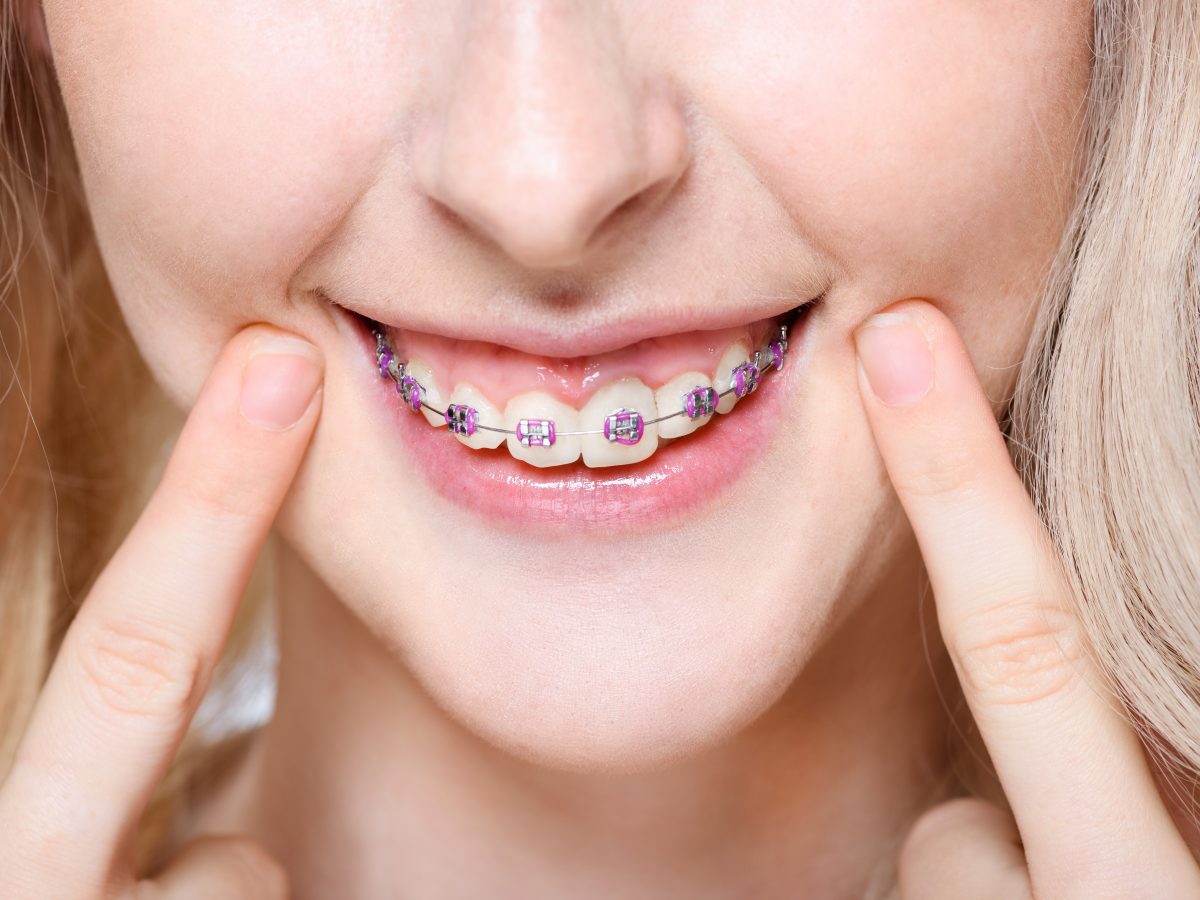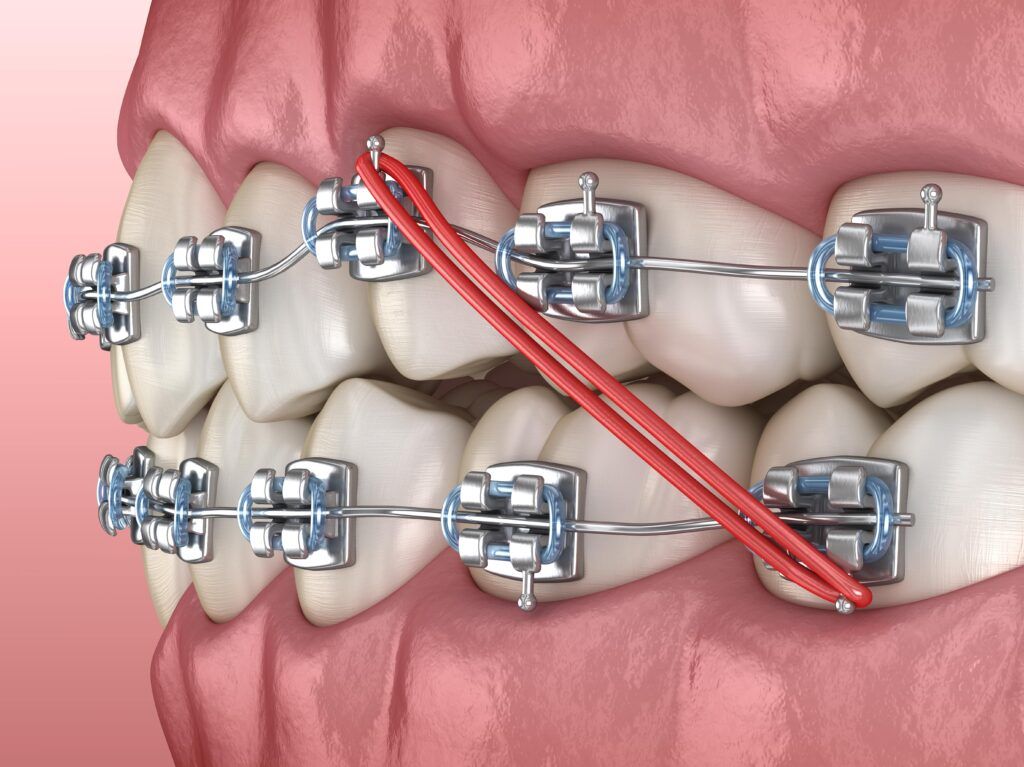How Cumming Orthodontics Addresses Common Braces and Invisalign Problems
How Cumming Orthodontics Addresses Common Braces and Invisalign Problems
Blog Article
Comprehensive Guide to Orthodontics Procedures for Fixing Dental Imbalances
Comprehending the complexities of each procedure, including their devices, advantages, and potential drawbacks, is crucial in making educated decisions about one's orthodontic treatment. As we navigate through the extensive guide to orthodontic treatments for fixing dental imbalances, the intricate information of each approach will unfold, shedding light on the course towards a functional and harmonious dental alignment.
Orthodontic Procedures Review

In addition to typical dental braces and clear aligners, orthodontists may additionally recommend other interventions like headgear, palatal expanders, or retainers to address certain placement issues (orthodontics). These procedures are customized per patient's special demands and might entail a mix of treatments to achieve the preferred outcomes. Normal changes and monitoring are crucial parts of orthodontic treatment to guarantee development gets on track and to make any kind of required adjustments along the means. By undertaking orthodontic procedures, patients can not only achieve a straighter smile yet also improve their overall oral health and function.
Typical Dental Braces: How They Work
When thinking about orthodontic therapies for oral imbalances, conventional braces stand out as a reliable approach for correcting teeth positioning. Typical braces consist of brackets, cables, and bands that work with each other to apply continuous pressure on the teeth, slowly relocating them right into the wanted placement.
As pressure is used to the teeth via the dental braces, the bone bordering the teeth is reshaped to support the new tooth positions. Patients will require normal modifications at the orthodontist's office to guarantee the braces continue to use the proper stress for reliable teeth motion.
Undetectable Aligners: Disadvantages and pros
Unnoticeable aligners offer a discreet and hassle-free alternative to traditional braces for dealing with oral misalignments. These clear, custom-made trays are virtually unseen when used, making them an attractive option for people seeking an extra aesthetically pleasing orthodontic therapy. Among the key advantages of unseen aligners is their removability, enabling simpler upkeep of oral health compared to traditional dental braces. Clients can get rid of the aligners before consuming or brushing their teeth, lowering the danger of food getting embeded the appliance and streamlining the cleansing process.

Surgical Orthodontic Options
Surgical treatments in orthodontics existing feasible options for dealing with complex oral imbalances that may not be efficiently dealt with through conventional orthodontic treatments. While conventional dental braces and unseen aligners can correct many orthodontic concerns, particular instances call for surgical intervention to achieve optimum results. Surgical orthodontic options are usually recommended for serious malocclusions, significant jaw discrepancies, and situations where the underlying bone structure requires adjustment to achieve appropriate placement.
One usual surgical orthodontic treatment is orthognathic surgical treatment, which entails repositioning the jaws More Info to correct practical issues such as trouble eating or speaking. This surgery is often done in collaboration with an orthodontist that published here helps straighten the teeth before and after the procedure. Surgical orthodontics might also entail procedures to subject influenced teeth, eliminate excess periodontal tissue, or reshape the jawbone to develop a much more unified facial profile.
Prior to considering medical orthodontic alternatives, clients undertake a comprehensive analysis to determine the requirement and potential advantages of such treatments. cumming aligners. While surgery may appear challenging, it can dramatically improve both the function and appearances of the smile in cases where conventional orthodontic treatments drop short
Retainers and Post-Treatment Care

Post-treatment care entails following the orthodontist's directions faithfully. This might consist of correct dental health methods, going to follow-up consultations, and wearing the retainers as prescribed. Failure to adhere to post-treatment treatment guidelines can cause regression, where the teeth progressively relocate back in the direction of their initial placements. Regular retainer wear, excellent dental hygiene, and regular dental exams are important for preserving the results achieved with orthodontic surgical procedure and making certain the long-term stability of the fixed oral placement.
Conclusion
In verdict, orthodontic treatments provide numerous alternatives for fixing dental imbalances. Surgical orthodontic alternatives are available for extra severe misalignments. On the whole, orthodontic procedures can efficiently boost oral health and aesthetic appearance.
As we browse via the extensive guide to orthodontic treatments for correcting oral misalignments, the elaborate information of each approach will certainly unfold, shedding light on the path toward a useful and unified oral alignment. - cumming braces
One of the most common orthodontic treatments is the use of braces, which consist of metal braces and wires that use mild stress to progressively change teeth right into the desired position.When taking into consideration orthodontic therapies for oral misalignments, typical dental braces stand out as a tried and true approach for dealing with teeth positioning. Furthermore, invisible aligners might not be suitable for complicated orthodontic problems that need more considerable teeth movement, as they are normally suggested for moderate to moderate review cases. Retainers are customized orthodontic devices designed to hold teeth in their corrected positions after the conclusion of orthodontic therapy.
Report this page